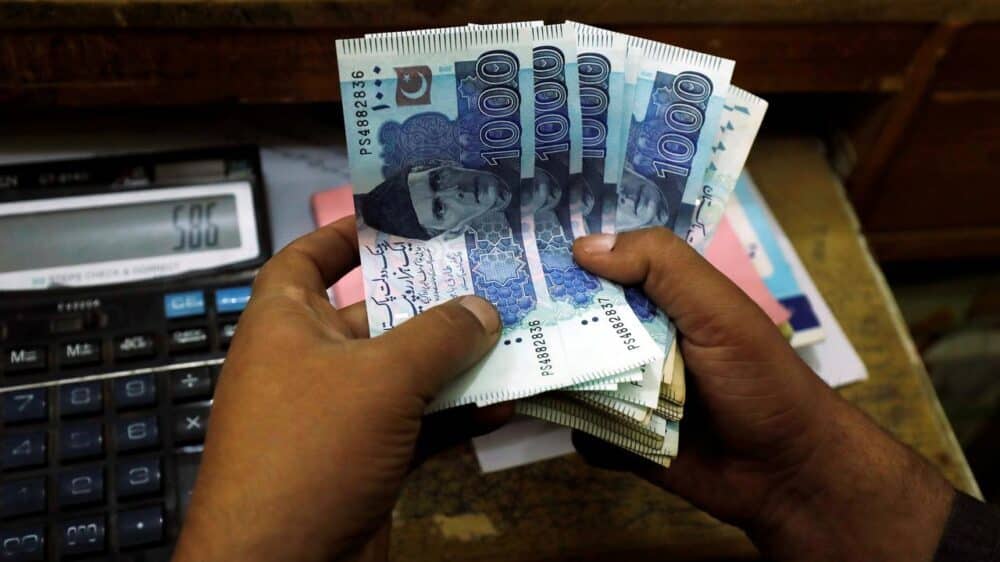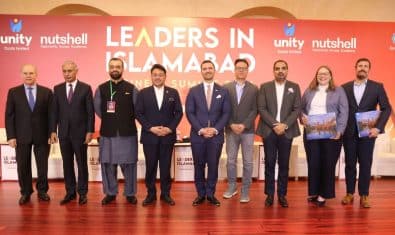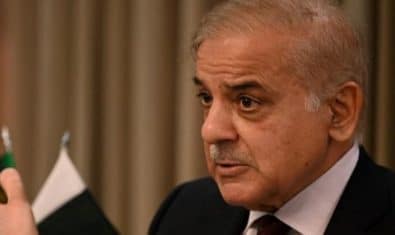Despite the various efforts of different governments, banking regulations, and the stakeholders of the financial sector, financial inclusion in Pakistan could only inch up by seven percent over the last four years — a modest growth that stands far below the target.
Financial inclusion in Pakistan had increased from 14 percent of adults in 2017 to 21 percent in 2020 (pre-pandemic) as stated by a survey study titled Financial Inclusion Insights Survey 2020 by Kantar Public and Karandaaz Pakistan
Official statistics suggest that Pakistan had achieved its 2020 target of 50 percent financial inclusion by 2018, counting 63.9 million unique registered financial accounts in the country. However, the survey measurements under the survey study, including the 2017 Global Findex, provide lower estimates of financial inclusion. The difference in the estimates was because nearly half of the wallet accounts are either inactive or dormant, and a significant number of the public uses financial services for limited purposes.
The new five-year National Financial Inclusion Strategy (NFIS) action plan has set new targets to be achieved by 2023, which include increasing the usage of digital payments with the goal of achieving 65 million active digital transaction accounts, achieving deposits to the GDP ratio of 55 percent, and serving six million farmers through digital solutions.
According to the study, the change in financial inclusion was driven by statistical increases in the registered users of banks, non-bank financial institutions (NBFIs), and mobile money.
ALSO READ
Ministry of Finance Issues Medium Term Budget Strategy Paper 2021-22 and 2023-24
In 2020, nearly three in ten adults (29 percent) had reported ever using a full-service financial institution, up from 21 percent in 2017. Bank access had increased from 11 percent of adults in 2017 to 17 percent in 2020. Mobile money access had grown to 16 percent of adults in 2020, and eight percent had reported ever using a nonbank financial institution.
Bank branches were the most widely-known points of service within five km of homes. Over 40 percent of adults knew of a mobile money point of service (either an agent or a kiosk) within one km of their homes, and similar proportions were unaware of the location of any mobile money points of service. Rural residents were more likely to know the locations of mobile money agents rather than bank agents.
Use of Banking Services in Pakistan
Fourteen percent of bank account owners use their accounts for savings, payment of bills, and/or receiving wages. Almost nine out of ten adults with bank accounts use them primarily to deposit and withdraw money, and 20 percent use their accounts to send and/or receive money.
The least-used activities are making investments, making insurance payments, paying government bills, buying airtime top-ups, and receiving pensions, or other welfare money.
Eighty-five percent of adults in Pakistan without bank accounts report various reasons for not having them. The lack of the need for a bank account and the lack of money may be addressed by channeling more payments through banks. Fees and expenses are another major reason for not owning a bank account, as perceived by the population.
ALSO READ
Pakistan’s Exports to Romania Continue to Increase
Demographic and Gender Diversification
Nearly 36 percent of men were financially included in 2020 as compared to only seven percent of women. While women had made no gains in financial inclusion on a per capita basis since 2017, mobile money account ownership among men had more than doubled from seven percent in 2017 to 17 percent in 2020, and bank account ownership had increased by 11 percentage points over the same period.
According to the study, the number of registered bank users had increased the most among men in urban areas. Financial inclusion via banks had shown the most growth for men, which had grown by 11 percentage points between 2017 and 2020. The urban population that had full-service bank accounts had increased by 50 percent from 14 percent in 2017 to 21 percent in 2020. Registered bank users had increased by only two percentage points among the residents of rural areas over the same period. The populations both above and below the poverty line had shown considerable growths in bank users, rising by five and six percentage points respectively.
The percentage of urban and above-poverty-line adults using mobile money accounts was higher than that of the overall population, increasing by seven and six percentage points respectively from 2017 to 2020. The slowest adoption of mobile money was among women. Only 1.6 percent more women had accounts in 2020 as compared to 2017.
Use of Mobile Money
Active users had grown by five percentage points from 2017 to 2020, driven by mobile money including branchless banking services and wallet accounts.
According to the survey study, nearly all the registered users of mobile money had used their accounts actively as the demand for person-to-person transfers had created network effects that had made accounts more useful. The active users of bank accounts have grown more slowly — by two percentage points from 2017 to 2020, and by four percentage points from 2016 to 2020. The latter change was statistically significant as banks continue to show slow but persistent growth in per capita active users.


























